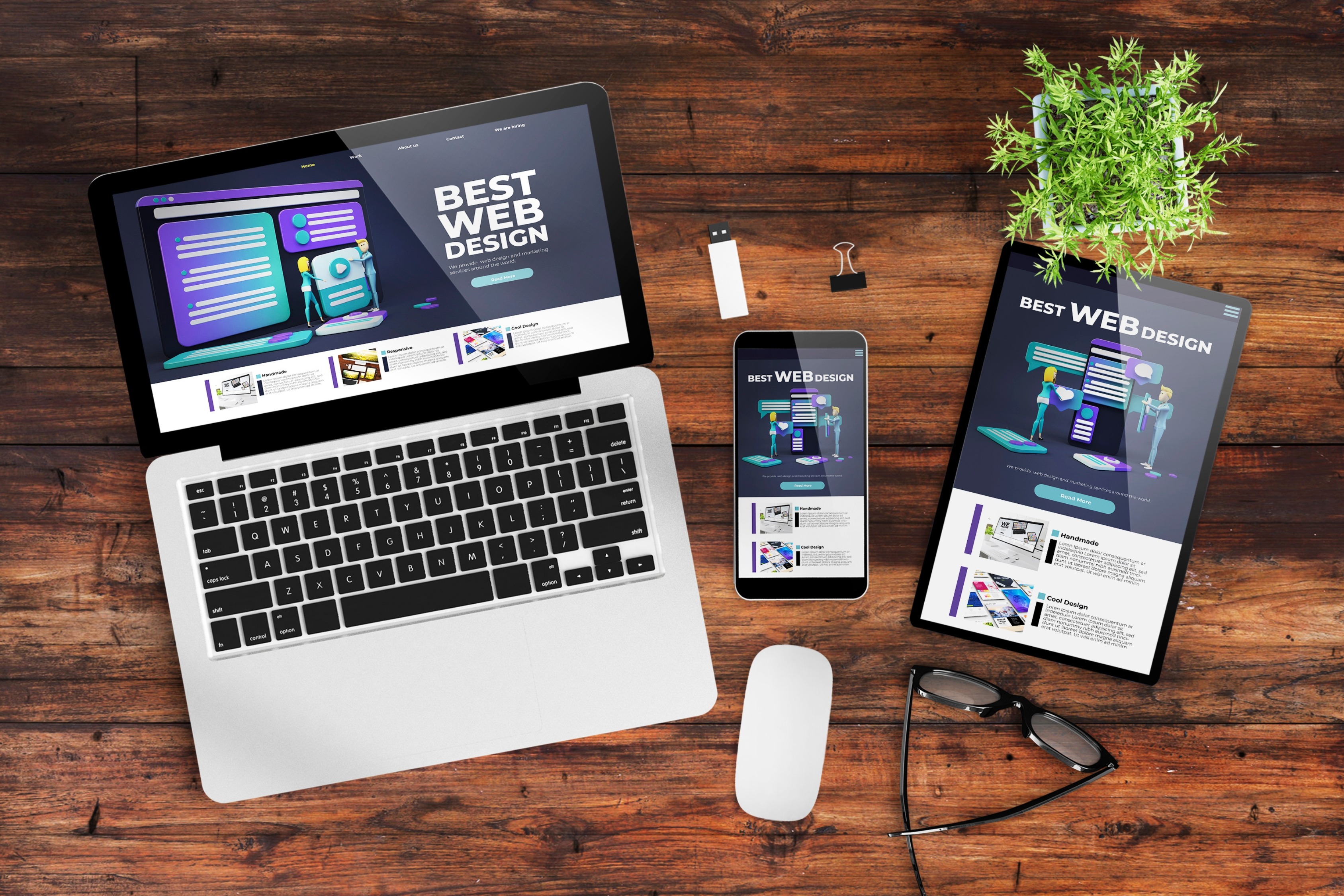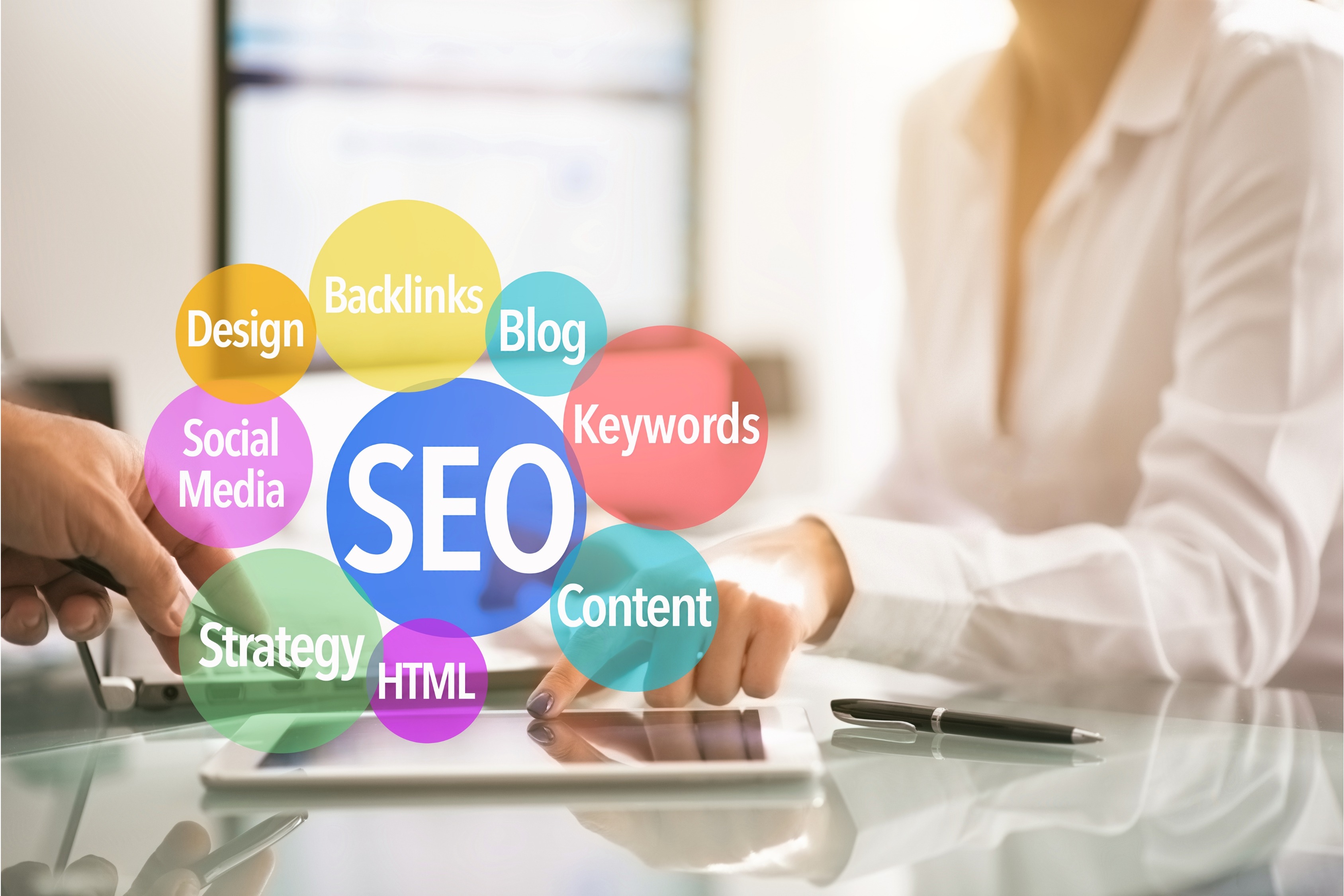If you’ve tried building a website recently, you know—it’s not like it used to be. There are more options than ever, and frankly, that can feel overwhelming. The landscape in 2025 is full of drag-and-drop tools, no-code solutions, headless CMS platforms, and AI-driven builders. Some are amazing. Others… not so much. So how do you decide?
This post walks through the most-used platforms today, shares a few thoughts from personal experience, and touches on best practices and trends we’re seeing right now.
The Big Players in 2025
Let’s start with the familiar names—because yes, they’re still around.
WordPress remains the most widely used platform globally. It's flexible, open-source, and backed by a huge ecosystem of themes, plugins, and developers. While it's not always the easiest for beginners, it's hard to beat if you need full control.
But if you’re not into constant plugin updates or figuring out hosting details, platforms like Wix and Squarespace are holding strong. They're fast to launch and perfect for non-techies. The templates are beautiful, and the interfaces have come a long way in the past few years.
Webflow deserves special mention. It’s gained serious momentum with designers and developers who want more control without diving into raw code. Its CMS features, animations, and performance optimizations make it ideal for more advanced builds.
And then there’s Shopify. While it’s e-commerce-first, it's increasingly being used for general business websites too—especially when those businesses want to eventually sell something. That said, its strengths still lie in the shopping experience.
New in 2025 are platforms that rely heavily on AI assistance, like Framer and Durable. These tools use prompts or minimal input to generate entire pages for you. They're fast, sometimes eerily accurate, and popular among solopreneurs or agencies churning out
lots of quick-turnaround sites.
What About Custom Development?
Some people still build from scratch or with frameworks like React, especially for high- performance needs or deeply customized UX. Headless CMS platforms like Sanity or Strapi are often paired with these. But this approach requires more time and technical expertise. For most small businesses, it's overkill.
Best Practices for Building a Website in 2025
Even with all these tools, good websites still need thoughtful planning. Here are a few things we always recommend:
Start with the user. What are they trying to do? What info do they need?
Keep it simple. Too many animations, popups, or competing elements? That’s a quick way to lose someone.
Mobile-first design. It's still king. Test your layout on multiple screen sizes.
Fast loading. If your homepage takes more than 3 seconds to load, that’s a problem.
Clear CTAs. People need direction. Be obvious—don’t make them guess.
And if we can throw in a personal gripe—stop using “coming soon” pages for months on end. It’s better to launch something simple than nothing at all.
What Makes a Platform Right for You?
Here’s the thing—people often jump into a platform because it’s trendy or highly rated. But that’s not always the smartest move. What works for a graphic designer freelancing out of a coffee shop may be a disaster for a local plumber who just needs calls to come in.
So, before choosing a builder, it’s worth asking a few questions:
How much time do you actually want to spend managing the site?
Do you need e-commerce features or just basic contact info?
Will you need to scale it later—or is this a one-and-done?
Are you comfortable learning new tech, or do you want to avoid that entirely?
Your answers might surprise you. We’ve seen people overcomplicate their sites with tools they didn’t need, just because they heard it was “better.” Sometimes the best platform is the one you’ll actually use, even if it’s not the flashiest.
Website Trends We’re Seeing Right Now
One thing that’s really taken hold is motion design. Microinteractions, hover animations, and subtle scroll effects are everywhere. But the key is subtle. When done right, they feel delightful. When overdone? It’s like a PowerPoint from 2003.
Another shift: accessibility is no longer optional. More platforms are baking in accessibility features, but you still have to be proactive. That means alt text, keyboard navigation, and high contrast for readability.
AI personalization is also creeping in—customizing content based on user behavior. Platforms like Webflow and Shopify now support plug-ins for this, but it’s still something most small brands underutilize.
Lastly, people are thinking more about sustainability. Lighter code, green hosting, and performance budgets aren’t just nice-to-haves—they’re becoming part of how we talk about quality.
The Verdict
There’s no single “best” platform. It depends on your goals, skills, and resources. If you’re running an e-commerce store? Shopify. A portfolio site? Webflow or Squarespace. Want full flexibility and scalability? WordPress.
But honestly? The platform matters less than your execution. Choose a tool that fits your comfort level, then focus on delivering something useful, clear, and authentic.
That’s what actually works.






